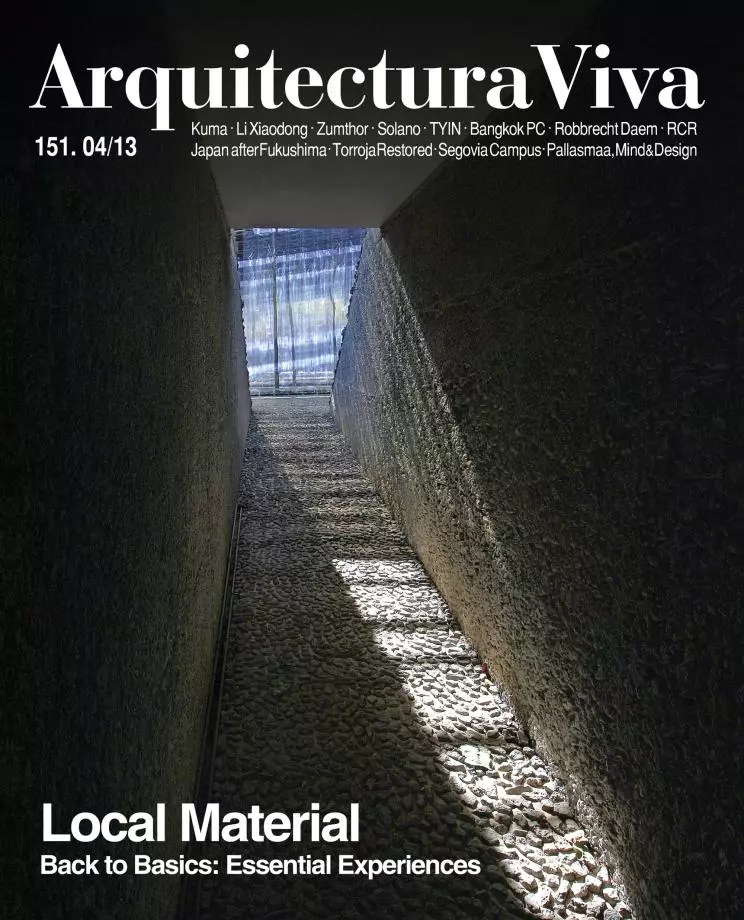
Social awareness is the first step in taking political action, so in a conflict as acute as the Sahara’s, anything providing access to clear, true, updated information must be considered the most powerful of weapons. The recent publication of From Camp to City: Refugee Camps of the Western Sahara is thus an important event. Besides a rigorous account of the evolution of the Saharan conflict, the book gives a glimpse – through numerous maps, expressive photographs and carefully prepared texts – of how life in the Saharan rcamps has been for nearly forty years now. Starting with a motto that could be the book’s guiding thread, ‘A Camp is not a City’, an extensive run-through of various forms of camp organization is offered, touching on spatial, economic and social aspects.
Perhaps the most valuable contribution that this work can make to the already large database existing on the Saharan struggle lies in its documentation of the total provisionality surrounding Saharan existence. By taking stock of the customs, of the way of life, and specifically of the architecture and forms of urban organization, the book shows us how the Sahwaris, despite being a community geographically bound to one same place for several generations, have realized that architectural provisionality is precisely one of the strongest political weapons they have at their disposal, and how the ephemeral nature of their settlements has the power to remind them, day by day, that peace and stability for the entire nation can only come through freedom.







